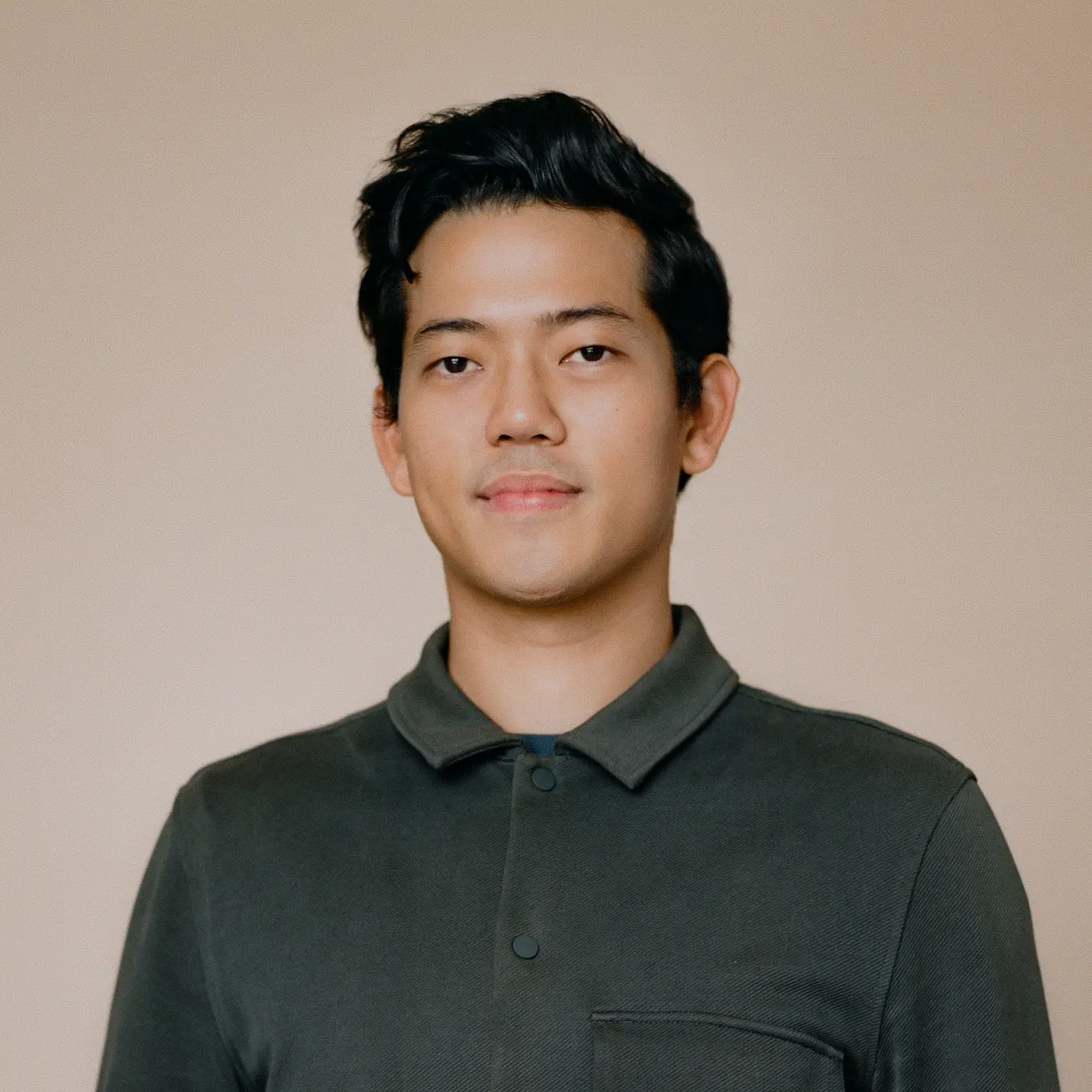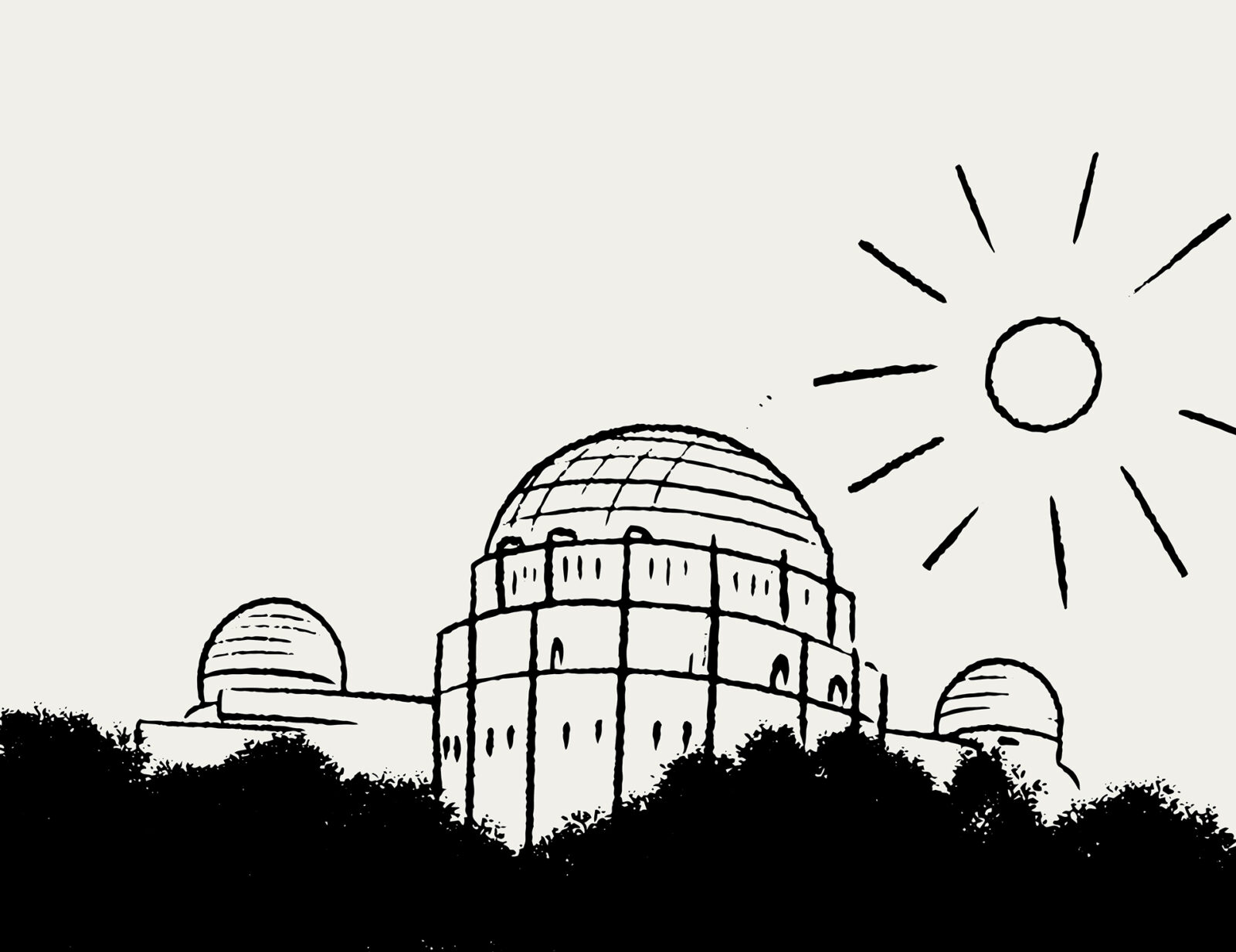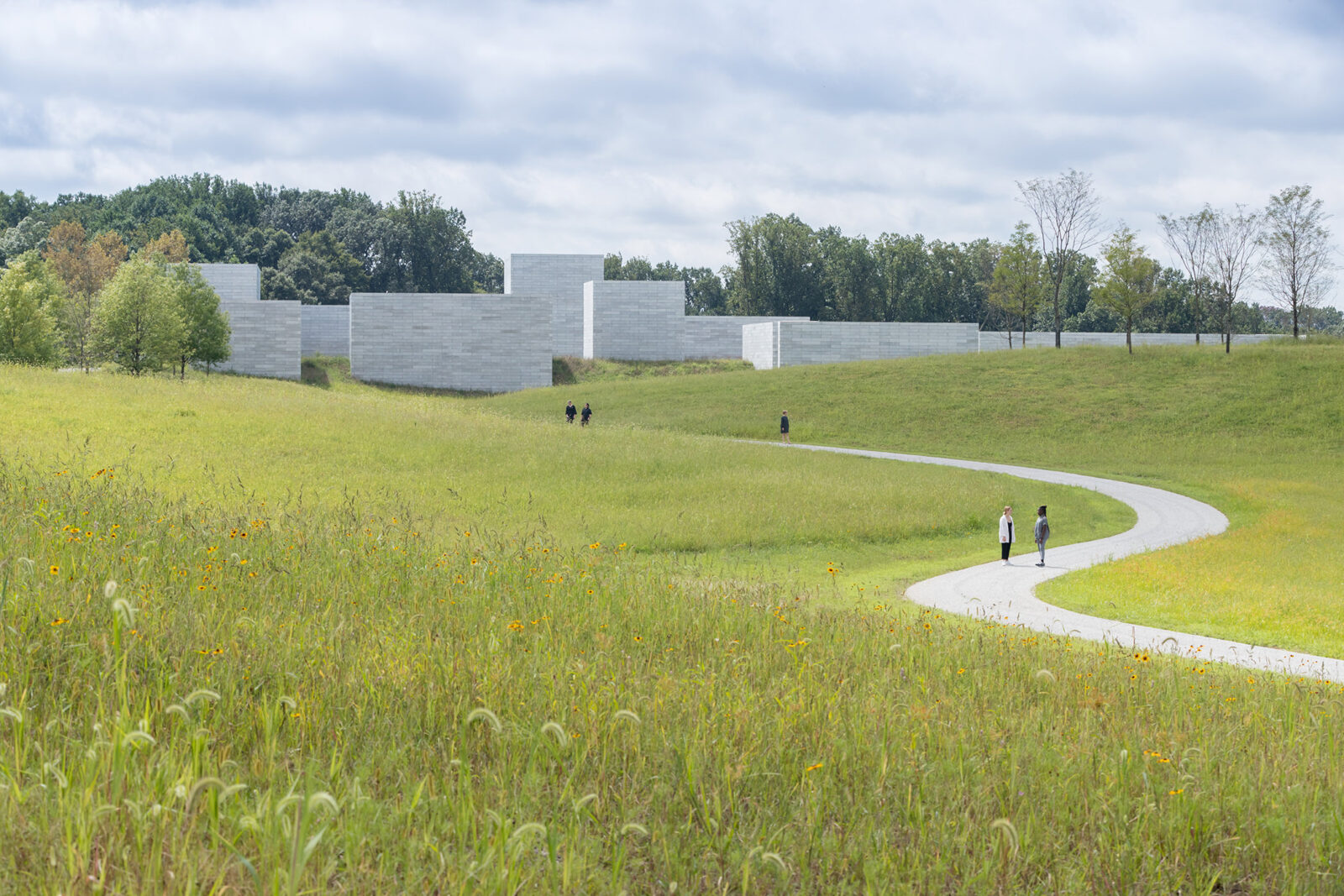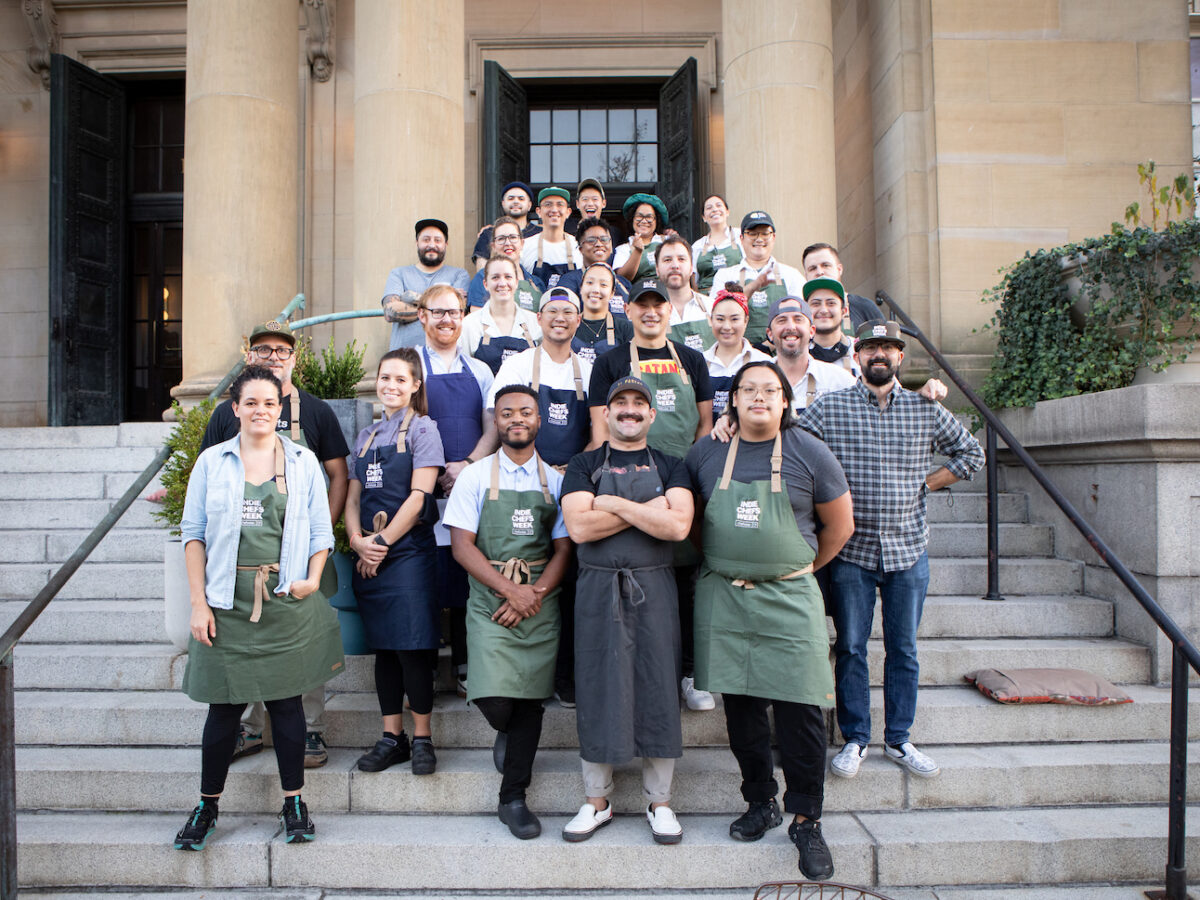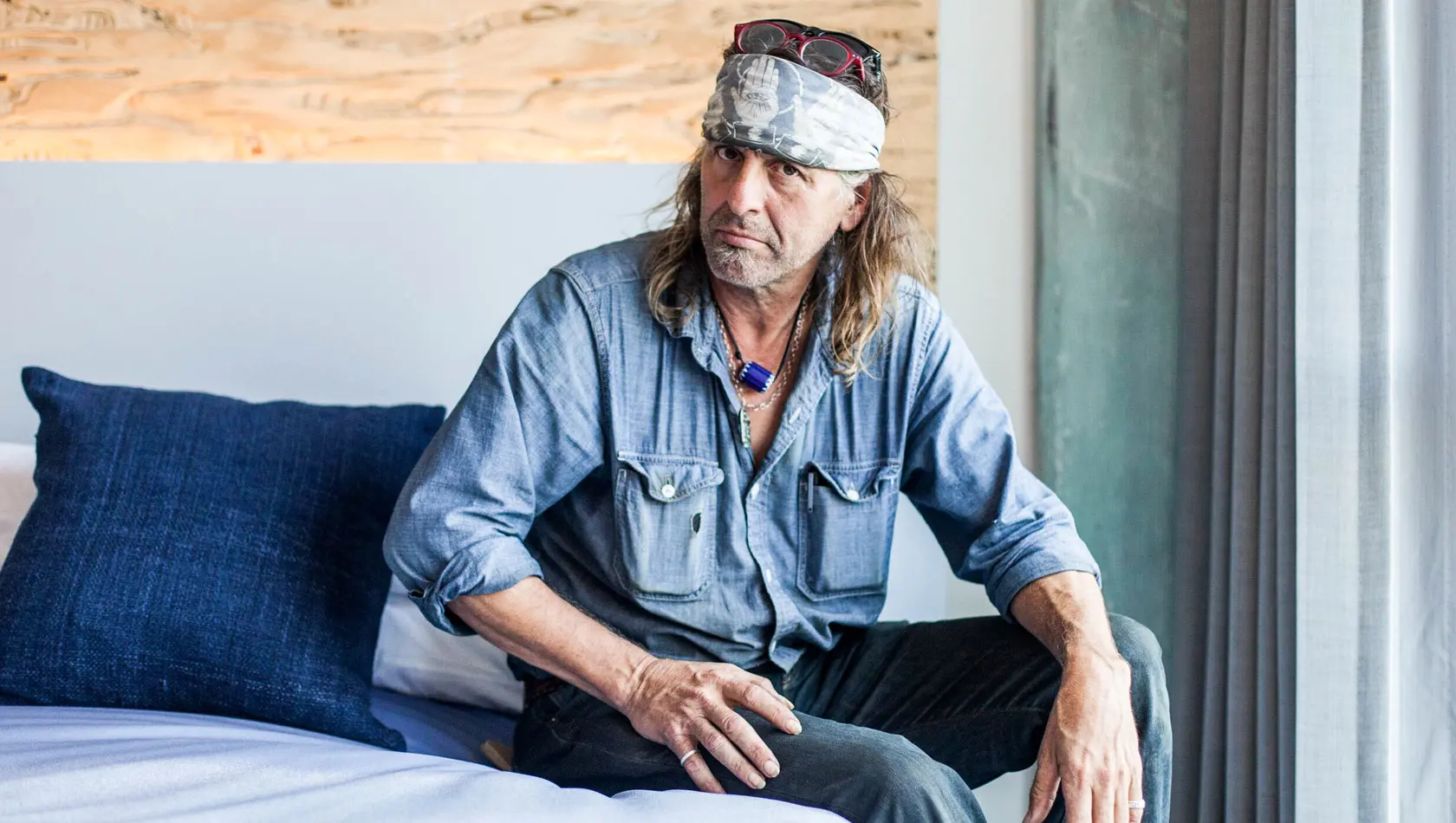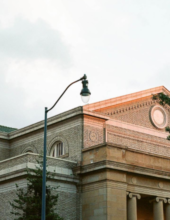Reliable Sources: Koreatown Dreaming's Emanuel Hahn
Emanuel Hahn’s Koreatown Dreaming offers an intimate portrait of small businesses in Koreatown at a time when many were adapting to times of change: during the pandemic. We spoke with Hahn about his experiences getting to know the people behind Koreatown’s businesses. He also gave us his picks for where to visit when you’re in the neighborhood.
Q:
What originally drew you to LA’s Koreatown?
A:
Whenever I visited Los Angeles over the years, I was intrigued by the store signages all over Koreatown, especially how retro and outdated it seemed. It reminded me a lot of my parents’ hometown in Daegu, South Korea, where it felt like much of the city was stuck in the 80s and 90s. I loved that I could feel that in the environment in Koreatown, and I wanted to document it before it inevitably disappeared. Furthermore, coming from New York, where the Koreatown isn’t nearly as big, I wanted to learn about the history of LA’s Koreatown and how it contributed to the wider history of Korean immigration in the United States.
Q:
As you explored Koreatown and met more members of the community, was there anything that surprised you?
A:
I think I just didn’t understand how varied and unique each individual was, both in how they came to the US and what interests they had. I think we often paint a broad stroke when it comes to immigrant experiences, but the Korean immigrant population was so individualized. For instance, there were illegal immigrants, there were immigrants that came via South America, there were those who were more privileged, and some were fourth-generation Koreans who had been active in Anti-Japanese colonialism in the early 1900s. Additionally, everyone had such unique personal lives – some were interested in farming and chicken-rearing, some were musicians, while others enjoyed more generic sports like golf and tennis.
Q:
You interviewed a lot of business owners during the pandemic and at times of transition, what did that teach you about the nature of change?
A:
I think Korean immigrants are by default used to change – it’s all they’ve known throughout their lives. But the pandemic was a challenge of a different magnitude because stores had to physically close and that prevented in-person shopping, which many small businesses rely on. It was a hard time for many small businesses because it wasn’t like they could just work harder, it was something outside of their control. I heard many stories of businesses going online for the first time, with many shopowners’ kids helping them sell on online platforms like Shopify and Etsy. There were also a lot of community efforts to raise money for struggling businesses. Change is inevitable, in any neighborhood, but people in Koreatown are really proud of where they live and work, and they’ll do anything to support its people.
Q:
Do you have any tips or recommendations for travelers who are visiting Koreatown for the first time?
A:
There are so many different types of Korean food, beyond K-bbq – I would love people to try all the different types of Korean food – naengmyun, kalguksu, soups and stews, duck bbq, soondae, etc.
If you’re a Korean culture lover, you’ll be in for a treat – visit the hanbok stores, Korean music stores, buy some books to learn Korean, take traditional Korean dancing lessons, etc.
Koreatown is also surprisingly walkable, and I think is best discovered that way. Ditch the car, and plan a long day of activities based on walking. It’ll also help you walk off all the Korean food that you will inevitably eat.
Q:
What are the Koreatown shops and restaurants that you recommend to friends visiting the neighborhood?
A:
There are so many.
For Hanboks – Lee Hwa Wedding
For Music – Music Plaza
For Rice Cakes – Lucky Rice Cake
For Home Goods – Kim’s Home Center
For Naengmyun – Ham Hung Restaurant
For Kalguksu – MDK Noodles
For Pork Broth Soup – Jinsol Gukbap
For Duck BBQ – Sun Ha Jang
For Soondae – 8th Street Soondae
For Bar Food – Dan Sung Sa
For Fried Chicken – Gol Tong Chicken
Q:
After learning so much about the history of Koreatown, what would you like to see in Koreatown’s future?
A:
I would love to see the next generation continue the legacy of molding Koreatown in a way that feels true to them. I would love to see Koreatown be an accessible place to all – regardless of background or wealth. While there is a lot of real estate development, I would like to see its current residents protected from extravagant rent increases. I would love to see the different communities (Mexican, Salvadorean, Guatemalan, Bangladeshi) also get their spotlight because there is so much that they offer. The strength in Koreatown’s continued success is in unity and not division.
You can find the book Koreatown Dreaming in our suites at the LINE LA, or learn more about Emanuel Hahn at his website [link: https://www.emanuelhahn.com].
